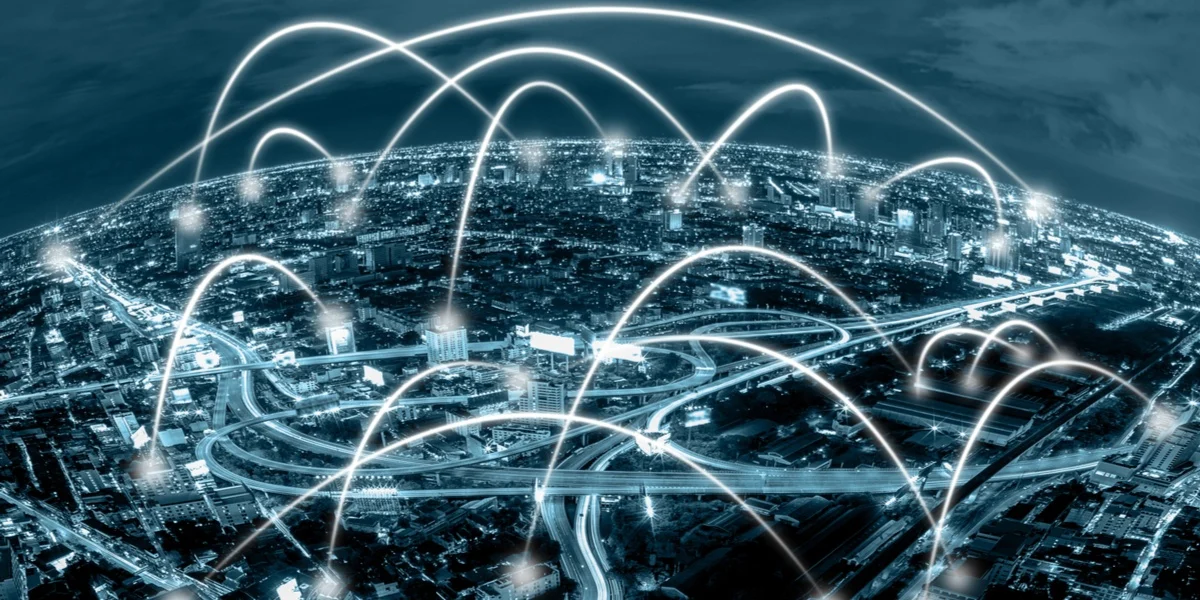Inherent human bias
As the COVID pandemic was disrupting day-to-day operations of business, so did it disrupt formalized recruitment processes. This entailed not being able to meet candidates in-person but having to rely on ever increasing number of interviews. However, the established recruitment processes have been under increased scrutiny due to inherent biases. Bias is unavoidable, with it simply being how human brains operate, rather than a character flaw (Holzwarth, 2021). Naturally, to mitigate the occurrence of bias and enable hiring diversity, companies started implementing new virtual technologies into their hiring practices (Gartner, 2020) with startups like Retorio, myInterview, and HireVue gaining traction.
The AI HR automation companies
The startups at the forefront of the HR revolution were able to implement AI into various segments of the recruitment process. Retorio solves the problem of recruitment biases through the implementation of AI in candidate’s video applications to give every candidate a chance to leave a personal impression (Retorio, 2022). MyInterview largely follows the same principle with implementation of machine learning in the analysis of video interviews (myInterview, 2022). Lastly, HireVue expands upon these capabilities with the inclusion of conversational AI as a text-powered recruiting assistant, AI-powered CV screening, and video interviewing (HireVue, 2022). All the afore mentioned companies claim they can reduce recruitment bias and find the best person for the job.
The Review
Drage and Mackereth (2022) put these claims to the test within their recent study and have found that the statements offered by the companies are largely misleading. Firstly, it attempts to strip gender and race from AI system that often misunderstand what they are. Secondly, by failing to address fundamental issues within firms, AI-powered hiring tools risk furthering already existing cultures of inequality and discrimination. Thirdly, the supposed objectivity of AI hiring tools’ evaluations of candidates’ qualities conceals the influence that exists between the observer and the observed. Lastly, by creating correlations between words and people’s bodies, recruitment AI systems build the “perfect candidate” that they claim to identify.
The Critique
The authors argue that industry practitioners behind the hiring AI technologies must shift from correcting individualized bias instances to considering broader inequalities that shape the recruitment process. It appears that companies have been using the AI tools as a silver bullet that will enable diversity hiring at a relatively low cost without major disruptions to the company’s culture and values. With the increased pressure from the regulators and the AI ethics community, time will tell how these supposedly neutral technologies will develop and whether they will be able to achieve their initial mission of being truly neutral.
Drage, E., Mackereth, K., Drage, E., & Mackereth, K. (2022). Does AI Debias Recruitment? Race, Gender, and AI’s “Eradication of Difference.” 35, 89. https://doi.org/10.1007/s13347-022-00543-1
Gartner. (2020, April 30). Virtual Interviews to Hire Candidates During COVID | Gartner. https://www.gartner.com/en/newsroom/press-releases/2020-04-30-gartner-hr-survey-shows-86–of-organizations-are-cond
HireVue. (2022). End-to-End Hiring Software with Video Interviewing | HireVue. https://www.hirevue.com/platform
Holzwarth, A. (2021, February 18). How To Actually Hire For Diversity. Forbes. https://www.forbes.com/sites/alineholzwarth/2021/02/18/how-to-actually-hire-for-diversity/?sh=7ce9cfd746f9
myInterview. (2022). Product Intelligence | myInterview: Intelligent Candidate Video Screening. https://www.myinterview.com/product-intelligence
Retorio. (2022). Retorio | video AI that reveals personality across talent management. https://www.retorio.com/


